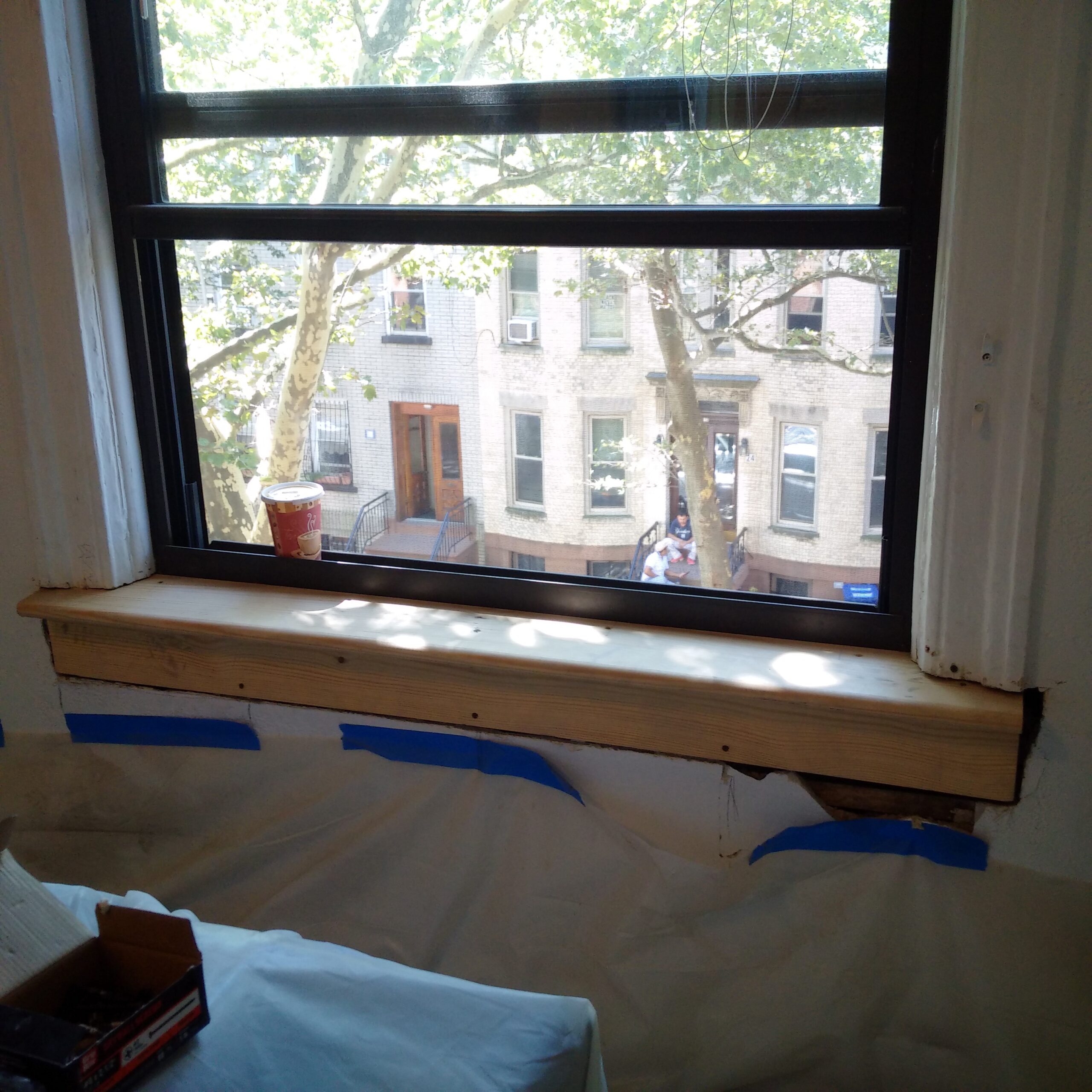Important Tools and Techniques for Effective Lead Infraction Cleaning
Addressing lead infractions effectively requires a comprehensive technique that blends the right tools with strategic approaches. Concurrently, the usage of specialized clean-up tools, such as HEPA vacuum cleaners and lead-specific cleansing agents, is imperative for complete contaminant removal. Reliable control methods, including plastic bed linen and negative air pressure systems, are necessary to prevent the spread of harmful products.
Individual Protective Devices
Individual safety tools (PPE) is a vital part in the effective administration of lead contamination clean-up. PPE acts as a vital barrier, securing employees from the unsafe effects of lead exposure, which can result in severe health and wellness consequences. The crucial PPE for lead cleaning consists of respirators, safety clothing, gloves, and eye protection. Each sort of equipment is specifically developed to reduce different dangers related to lead bits and dirt.
Respirators, particularly those geared up with HEPA filters, are important for filtering system air-borne lead bits, stopping breathing. Correct fit and seal checks are critical to guarantee their efficiency. Protective clothes, including coveralls and non reusable matches, protects against lead dirt from sticking to employees' garments, lowering the threat of second contamination. Gloves, commonly constructed from nitrile or latex, protect the skin from direct call with lead, while security goggles or full-face shields protect the eyes from dirt and debris.
Moreover, extensive training on the correct use and maintenance of PPE is essential. Employees must be informed on putting on and doffing treatments to prevent contamination. Normal assessments and replacements of PPE elements are necessary to preserve their safety abilities, ensuring a risk-free and certified cleanup procedure.
Specialized Cleaning Tools

An additional important device is the wet/dry vacuum cleaner, which can efficiently cleanse up both dust and liquid pollutants. These vacuums typically feature HEPA filters to provide an extra layer of safety and security. Damp wipes or tack fabrics are additionally essential for surface cleansing; they are especially designed to catch and hold lead fragments, reducing the risk of spreading contamination.
For even more persistent down payments, specialized lead-removal cleansing agents are required. These agents are developed to damage down lead fragments, making them less complicated to remove. Scrub brushes with durable bristles can help in this procedure, particularly on harsh surfaces where lead dust has a tendency to stick extra highly.
In addition, encapsulants are made use of to secure lead-contaminated surface areas, preventing the release of lead dust. These specialized paints and coverings are developed to adhere to different substrates, offering a long-lasting service for why not check here lead containment.
Effective Containment Methods
Effective control techniques are essential in mitigating the spread of lead contamination throughout clean-up activities. Applying durable containment approaches makes sure that lead particles do not move to unaffected locations, consequently safeguarding both employees and the atmosphere (DOH & HPD Lead Violation Removal NYC).

To improve containment, encapsulants can be used to surface areas that are not being removed or disturbed. These specialized coatings bind lead dirt, minimizing its availability for resuspension. Additionally, all employees need to wear ideal Personal Safety Tools (PPE), including respirators and disposable matches, to avoid contamination spread.
Safe Disposal Practices
Making certain safe disposal methods is a critical element in the monitoring of lead contamination cleanup. Appropriate disposal alleviates the threat of lead re-entering the environment and threatening public health and wellness (DOH & HPD Lead Violation Removal NYC).
Transporting lead waste needs adherence to stringent guidelines. Making use of licensed unsafe waste service providers ensures that the products are managed properly. Paperwork, consisting of materializes detailing the type and quantity of waste, should accompany shipments to track the waste from the site of origin to its final disposal destination.
Designated harmful waste disposal centers are furnished to take care of lead-contaminated products securely. These facilities commonly use innovative approaches such as stablizing, solidification, or chemical therapy to reduce the effects of the lead before disposal. Landfilling in specialized, lined areas that prevent leachate from contaminating groundwater is a common technique for last disposal.
Normal training for employees associated with lead waste disposal is important to maintain safety criteria and protect against unintended direct exposure. By adhering to these practices, companies can dramatically lower the ecological and health more info here impacts connected with lead contamination.
Regulatory Compliance Tips

Complying with governing conformity is critical in the effective implementation of lead contamination cleanup. Recognizing and complying with federal, state, and local laws makes sure not only the safety and wellness of people however also the lawful and monetary health of get more the clean-up organization. The Epa (EPA) establishes strict standards, such as the Lead Improvement, Repair Service, and Paint (RRP) Policy, which mandates appropriate certification and training for service providers managing lead-based tasks.
Conformity begins with a complete analysis of appropriate legislations and laws. Organizations must stay updated on any type of legal adjustments, which can be facilitated through routine training sessions and signing up for sector updates. Documentation is another vital conformity facet; keeping detailed records of all activities, including assessment records, employee training logs, and disposal materializes, is necessary.
Moreover, engaging with accredited lead assessors or run the risk of assessors makes certain that lead hazards are appropriately determined and mitigated. Employers should impose making use of Personal Protective Equipment (PPE) and guarantee that safety protocols are strictly followed. Clear interaction with stakeholders, consisting of workers, clients, and regulatory bodies, will cultivate a society of conformity and responsibility, ultimately contributing to a safer and more efficient lead cleanup process.
Final Thought
Effective lead offense cleaning demands the combination of specialized devices and tactical techniques to guarantee security and efficiency. Making use of HEPA vacuum cleaners, specialized cleaning agents, and effective containment methods such as plastic sheeting and negative atmospheric pressure systems is essential. Personal protective equipment (PPE) safeguards workers from direct exposure, while risk-free disposal practices and strict adherence to regulative conformity are necessary for sensibly managing harmful waste. Collectively, these actions substantially alleviate wellness threats and add to a cleaner setting.